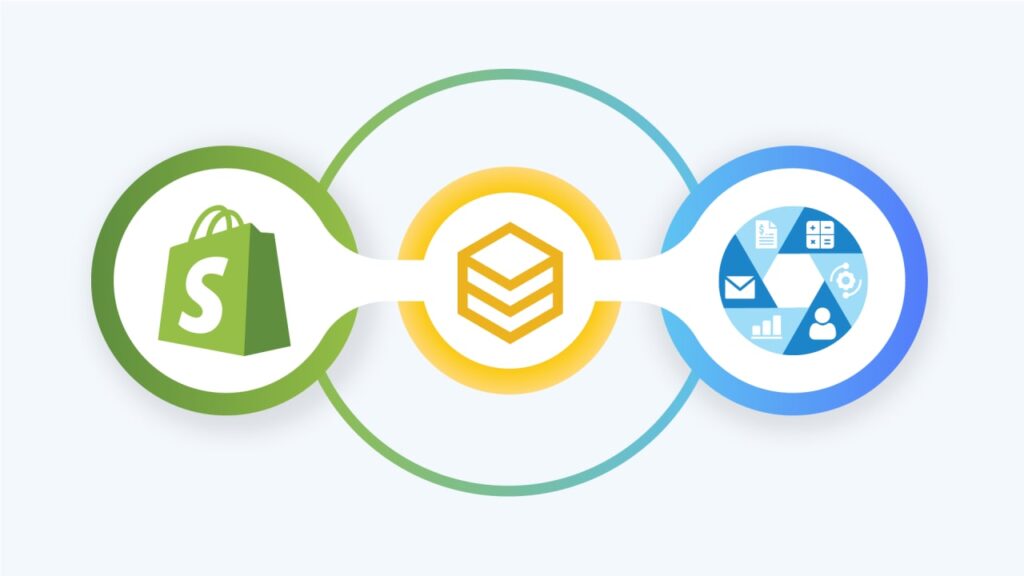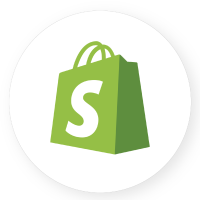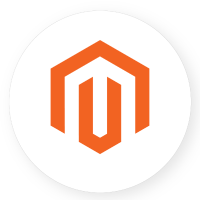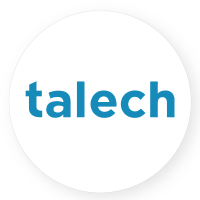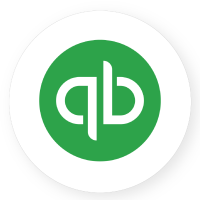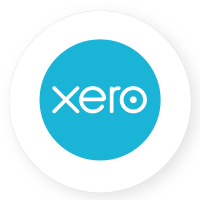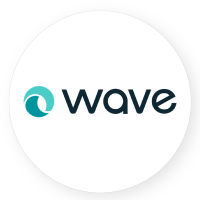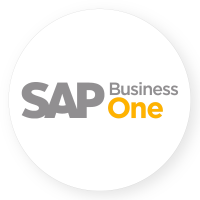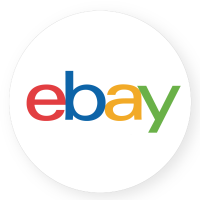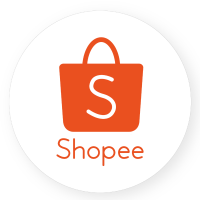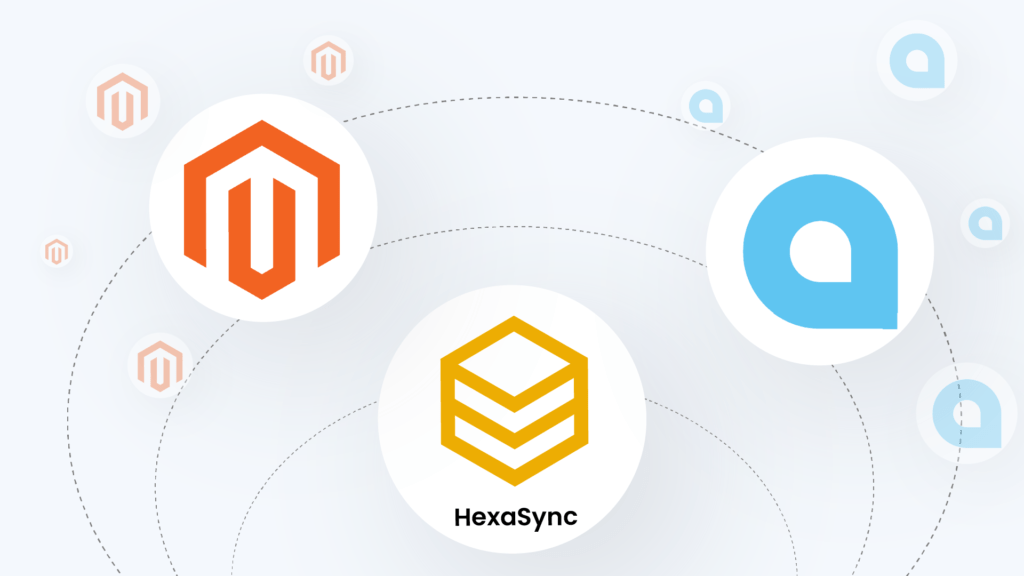Looking to bridge your in-store sales and online orders but getting confused by the many different vendors on the market? In that case, the comparison article between two popular POS systems will be informative and helpful. This paper will help simplify all the crucial aspects of Shopify POS vs Lightspeed POS objectively, thereby picking a suitable one for your business.
Table of Contents
An overview of Shopify POS vs Lightspeed POS
Lightspeed POS
Lightspeed is a complicated cloud-based POS that serves the needs of various industries, such as retail, food and beverage, and professional services.
Since it was first launched as a point-of-sale solution for brick-and-mortar stores, Lightspeed has upgraded with more functionalities and options that customers can rely on as a comprehensive store builder with inventory management, analytics, payment processing, and purchase order management tools. With the Lightspeed system, users can control their businesses both online and offline.
For an insight into this point-of-sale system, you can read our blog on the introduction of Lightspeed POS.
Shopify POS
Shopify is one of the world’s leading eCommerce platforms, trusted by over 1,700,000 businesses worldwide.
In 2013, Shopify launched its point-of-sale system and started enabling shop owners to manage and sell products almost anywhere. Since then, there have been 1,000,000 consumers using Shopify POS. It is a software application that allows customers to manage their whole online and physical retail company through a unified platform, allowing them to easily track and manage orders and inventory across multiple sales channels.
The comparison between Shopify POS vs Lightspeed POS
Both point-of-sale solutions deliver a whole host of features to see each offer. Let’s have a closer look at the following part.
The popularity
The search interest rate between Lightspeed POS and Shopify POS is shown in the two figures below. While Lightspeed POS ranks third with 12.8 percent, Shopify POS appears weaker with 0.6 percent in POS systems.
Over the past three years, Lightspeed POS has witnessed higher average interest searches than Shopify globally. People in Canada have a higher interest in Lightspeed POS, while Shopify POS is more prevalent in the US, Mexico, Australia, and some Southeast Asian countries.
The pros and cons of Shopify POS and Lightspeed POS
| Lightspeed POS | Shopify | |
| Pros | ||
| Have good support for both online and offline stores |  |
|
| Provide a comprehensive range of solutions for a particular industry |  |
|
| Advanced inventory management feature |  |
|
| Provide free trial |  |
 |
| Good customer support | ||
| Have an app market with a ton of third-parties services |  |
|
| Friendly user interface |  |
 |
| Free SSL certificate (when deploying a website) |  |
|
| Cons | ||
| Pricey |  |
|
| Less Integration |  |
|
| Fewer options (no more free options except the free trial) |  |
|
| Poor technical support |  |
Features
This part will differentiate several basic features that both POS system provides to see the advantages and disadvantages of each one.
Inventory
In the general comment, Lightspeed has a slightly more comprehensive inventory feature set than Shopify. Lightspeed POS offers simpler actions. You can easily create and order stocks from your system, process the work orders of multiple physical locations and label the product with serial numbers. In addition, you can list the product in a CSV file and upload it onto the system. The amount of product list is up to 3,000 items.
Shopify will not let you manage all the stock in one interface. It will allow you to create inventory transfers and manage your stocks from different locations separately. You will also track the history of your inventory adjustment and replacement. It would help if you upgraded to Shopify Pro for simple exchanges, purchasing orders, inventory counts, and item transfers between locations.
Reporting
The analytic feature is what you can expect from a POS system. The better it is, the more intuitive data you can get to control your business’s performance.
In this case, Lightspeed POS is performing better than Shopify POS. Lightspeed gives users more analytical reporting on many aspects such as sales, sold products and categories, financial status, employees’ productivity daily, and other real-time data for daily, weekly, and monthly. In contrast, Shopify POS provides basic sale reports and general finances but not as much detail and advanced functionality as Lightspeed POS.
eCommerce
In terms of eCommerce features, Shopify POS outperforms Lightspeed POS. Shopify POS provides various themes for a website builder, but there is also an in-depth dashboard for you to manage the sales figures fully. Moreover, you will get unlimited web hosting under the Shopify domain, automatically updating to Shopify’s software system. Furthermore, using the Shopify eCommerce platform, users can send shipping tracking notifications to customers and get a discount for shipping with USPS.
Unlike Shopify POS, Lightspeed POS offers online selling at a basic level, in which you can create a list of items and discount codes and update it on your online stores. Lightspeed POS also allows you to customize the website template for computer and mobile devices. But the templates are not varied compared to that of Shopify POS. Later, you can sync your dashboard with your store site on Instagram, Facebook, and Twitter. However, it is not convenient as Shopify POS when it comes to shipping, for you will have to integrate your system with a shipping third party to get the support.
Therefore, the recommendation is if you take eCommerce as an essential part of your business, you could think of Shopify POS as a solution.
Others
Lightspeed POS is robust in developing the features of pos software in many ways. In addition to the three fundamental features we compared above, Lightspeed also offers other features such as customer management, employee management, multi-store management, and integrated payment. Customers are delighted with this variety as it can meet most of their needs. Thanks to that, they will have to do fewer integration processes with a third-party app.
On the other hand, Shopify POS lacks some advanced features at the low leveled package, and you have to upgrade your system to the higher pricing plan. That is why small and medium enterprises should choose Lightspeed POS over Shopify POS, for your financial demand is best suited for services that Lightspeed POS offers, while big companies can consider Shopify POS, which has a higher price but allow you to have the best-customized benefits.
Pricing
Pricing is the most crucial aspect that you are caring about one product. The price of point-of-sale packages between Shopify POS and Lightspeed POS is different.
Pricing plan
| Lightspeed | Price | Shopify | Price |
| Lean | 69$ | Basic Shopify | 29$ |
| Standard | 119$ | Shopify | 79$ |
| Advanced | 199$ | Advanced Shopify | 299$ |
| Enterprise | Get a quote | Shopify Plus | 2000$ |
For each industry, including Golf, Retail, and Restaurants, Lightspeed POS offers separate pricing plans. They break down the fee into four different levels: lean, standard, advanced, and enterprise, with the starting fee at $69 per month (for your essential business needs). With the higher package level, you can get more fully supporting functions for your business.
In contrast, Shopify POS does not clarify the pricing plans for a specific industry. Shopify POS offers four pricing plans for point-of-sale installation, including Basic Shopify, Shopify, Advanced Shopify, and Shopify Plus. Especially with each successful transaction, you will be charged a particular amount of the purchase bill.
Transactions Fee
Lightspeed Transaction Fees
-
- Card-present rate: 2.6% + 10 cents
-
- Card-not-present rate: 2.6% + 30 cents
Shopify Transaction Fees
| Online Transaction Fees | In-person Transaction Fees | Add-on Fees for Third-party Payment Processor | |
| Basic Shopify plan | 2.9% + 30 cents | 2.7% | 2.0% |
| Shopify plan | 2.6% + 30 cents | 2.5% | 1% |
| Advanced Shopify plan | 2.4% + 30 cents | 2.4% | 0.5% |
Extra Fee
Shopify POS
Depending on your needs, Shopify POS comes in two flavors “Lite” and “Pro.”
-
- Shopify POS Lite: free
-
- Shopify POS Pro: $89/month per location
If you are new to point-of-sale systems and do not want to take risks, you are better to try Shopify Lite. Since it is a reasonable price for small businesses and you would get good support from the Shopify team with the offer. However, if your business needs more functionalities to do the advanced management, you must look at a higher package level.
Available Support
| Lightspeed POS | Shopify POS | |
 |
 |
|
| Phone |  |
 |
| Live support |  |
 |
| Training |  |
|
| Tickets |  |
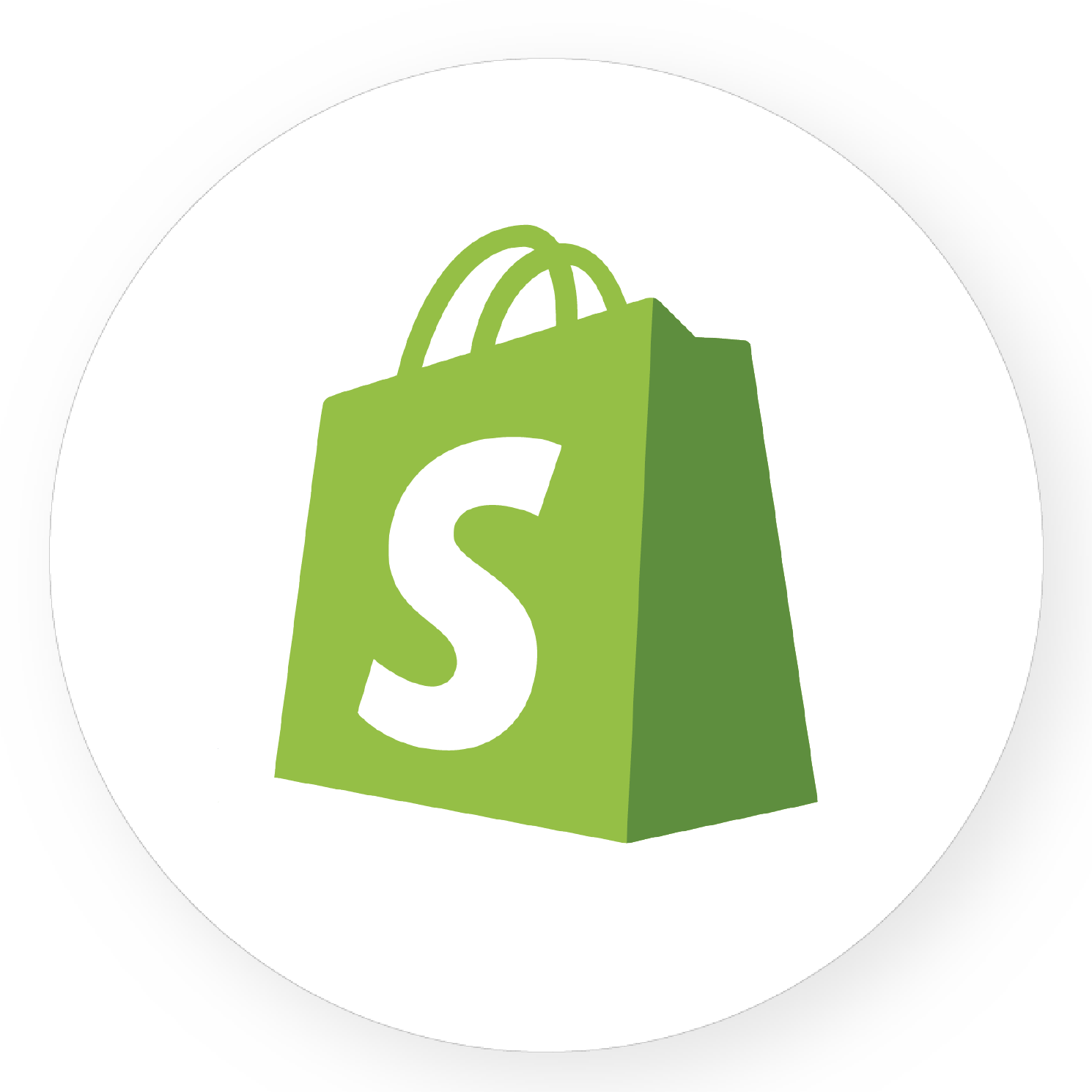


Shopify Zoho Integration



Shopify Bigcommerce Integration
Which is the best system: LightSpeed POS or Shopify POS?
Consumer’s preferable feedback about Lightspeed POS and Shopify POS
Lightspeed
The most attractive factor that makes Lightspeed unique is that you can tailor your system to specific types of businesses and optimize it according to your needs when using it.
Customers are satisfied with the features provided by Lightspeed because they can receive payments from customers in many forms, such as via credit cards, debit cards, and gift cards.
Alternatively, merchants can send paperless receipts straight to the customer’s email address. Furthermore, your business can protect its data with PCI-compliant payment processing. Users can quickly transfer products between locations and view multiple store reports on the same interface.
Shopify
Although with limited offline features by default, Shopify POS has created a seamless online and offline experience. Customers are satisfied when implementing Shopify eCommerce functions. Shopify has automatic reminders for uncompleted orders, so customers can return to order and help merchants increase sales. In addition, buyers can also choose to buy items online and receive them in stores or at home through delivery services. Shopify’s POS system effectively handles all of these activities.
Shopify has an excellent customer setup service; all Shopify customers feel well set up. This is a plus of Shopify compared to the Lightspeed system.
User Ratings & Reviews
| Líghtspeed POS | Shopify POS | |
| Ease of Use | 4.5/5 | 4.5/5 |
| Value for Money | 4/5 | 4.5/5 |
| Customer Support | 4/5 | 4.5/5 |
| Functionality | 4/5 | 4.5/5 |
| Overall Rating | 4.23/5 | 4.52/5 |
Customers rank Shopify POS as exceeding Lightspeed POS in most aspects.
General Comments
Both point-of-sale software has their good and bad points. We can choose the right product based on a particular aspect and the user’s needs.
Shopify provides a point-of-sale solution with outstanding eCommerce and online sales features. However, Shopify’s offline store management mode is not recommendable and lacks many vital features on the software’s dashboard. If you are focused on creating an eCommerce business, you can choose Shopify.
Lightspeed is a reliable, competitive point-of-sale provider. Regarding integration and eCommerce support, Lightspeed POS cannot offer as much as Shopify. Plus, the weak point of Lightspeed is that even though they do not charge any extra for their POS app, their programs seem to be more expensive than what they offer due to the additional fee of the accomplished transaction. Many customers have reported that they are not satisfied with this. However, Lightspeed would be the preferred choice if running a traditional business and digital transformation.
Shopify and Lightspeed Integration
Integration is the method to help you ensure smooth store management operations. Inventory data is constantly updated accurately, customers’ purchasing preferences are also recorded and sent to the report, and many more. Online and offline integration will help you attract and retain customers with a better shopping experience. Customers interact with you in both online and offline channels. So it is crucial to integrate your POS system and eCommerce sites.
Not only gaining benefits from eCommerce platform integration. The synchronized service also helps you update and save critical retail data, like inventory and item data, in real-time, speed up and provide transparent order status, process extensive product portfolio, and manage every sale channel from a central location.
Lightspeed POS and Shopify are excellent solutions for businesses looking to provide a consistent customer experience between physical and online stores.
How to integrate Shopify with Lightspeed POS?
Both provide many options for users to integrate with third parties. In addition, you can integrate Lightspeed POS with Shopify through a third-party connection app. If you want to integrate at a higher level than what can be customized, an application programming interface (API) synchronizes data.
Lightspeed
Lightspeed POS offers 120 apps in the app market with a ton of accounting software (Quickbook), loyalty programs, email marketing (Mailchimp), eCommerce platforms (Amazon), and analytics tools (Retail Toolkit).
Shopify
Meanwhile, Shopify integrates with nearly every kind of tool users can use. Its application market is extensive as most reputable third parties want to sync with Shopify. Shopify is one of the largest online store platforms on the market, and therefore, partnering with them is a wise business decision. Over 7000 apps in Shopify’s apps market with various categories: inventory management, customer service, accounting, and much more.
The second option is to use a commerce integration platform. Lightspeed can be integrated with an eCommerce platform such as Shopify through integration partners such as Beehexa.
Beehexa is a typical integration intermediary for you to put faith in and have your current POS system connected with other apps or eCommerce platforms. This is an optimal solution for every point-of-sale user since your needs will be extended, and a POS system can not have a solid ability to support the integration task. Thus, approaching a middleware for integration that Beehexa provides is a time-saving, efficient decision.
Final Words
Choosing the right POS software is crucial to the success of your business. If you are wondering which point-of-sale system works best for your business, we hope this article can help you.
“No size fits all.” It also depends on the type of business you have, the features you need, your budget, and so on. You can compare Lightspeed and Shopify and try out the trials that these two providers offer because both Lightspeed and Shopify allow new users to try them out within 14 days.
We understand that many merchants, small and medium-sized enterprises, are encountering system difficulties because they cannot integrate point-of-sale software with other specialized applications or integrate your Shopify shop with the Lightspeed POS system, which slows down your business operation. You should not let it restrict your revenue any further!
Contact us directly if you are using the Shopify POS, Lightspeed POS, or other point-of-sale software and are having integration issues.




